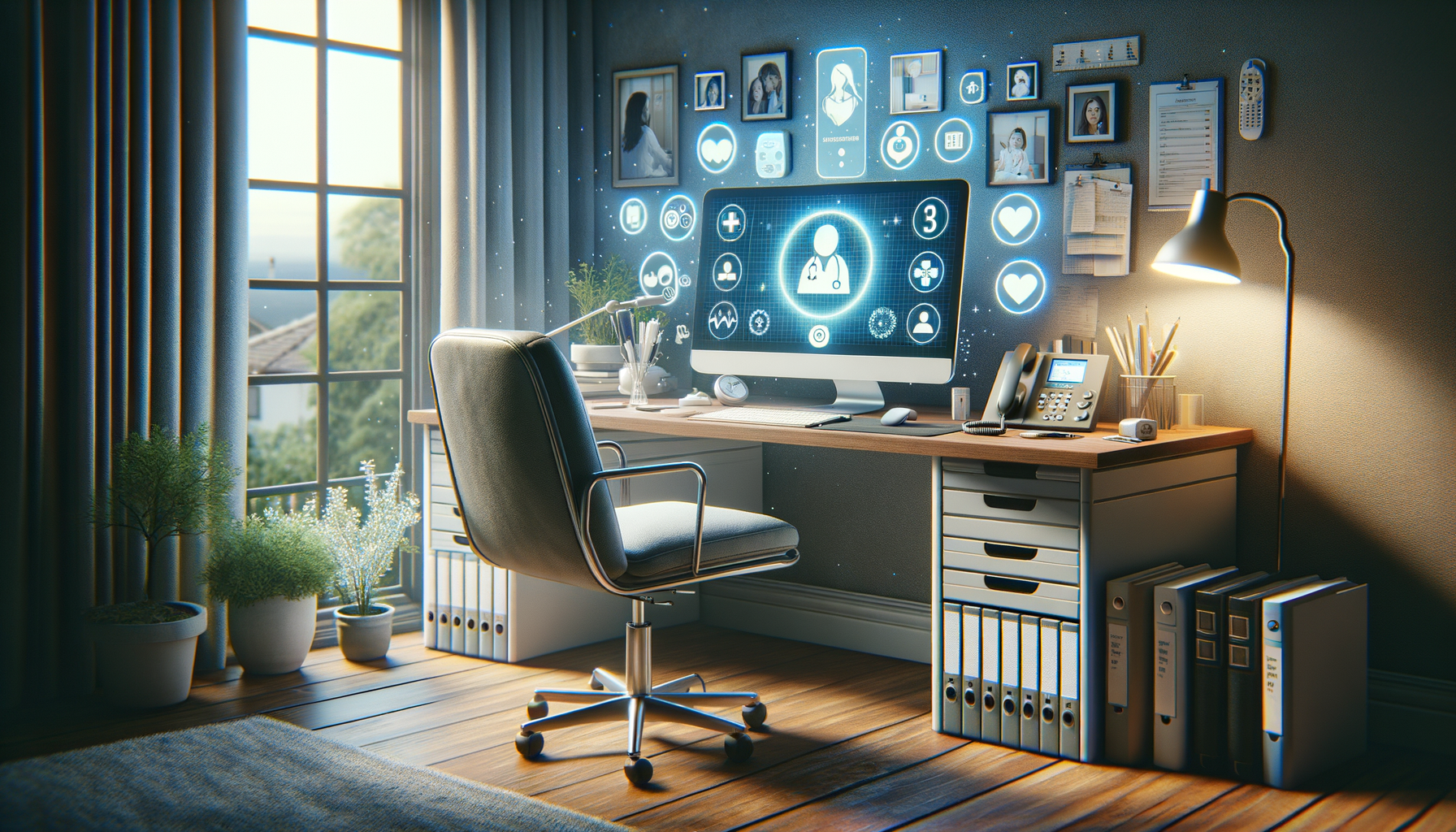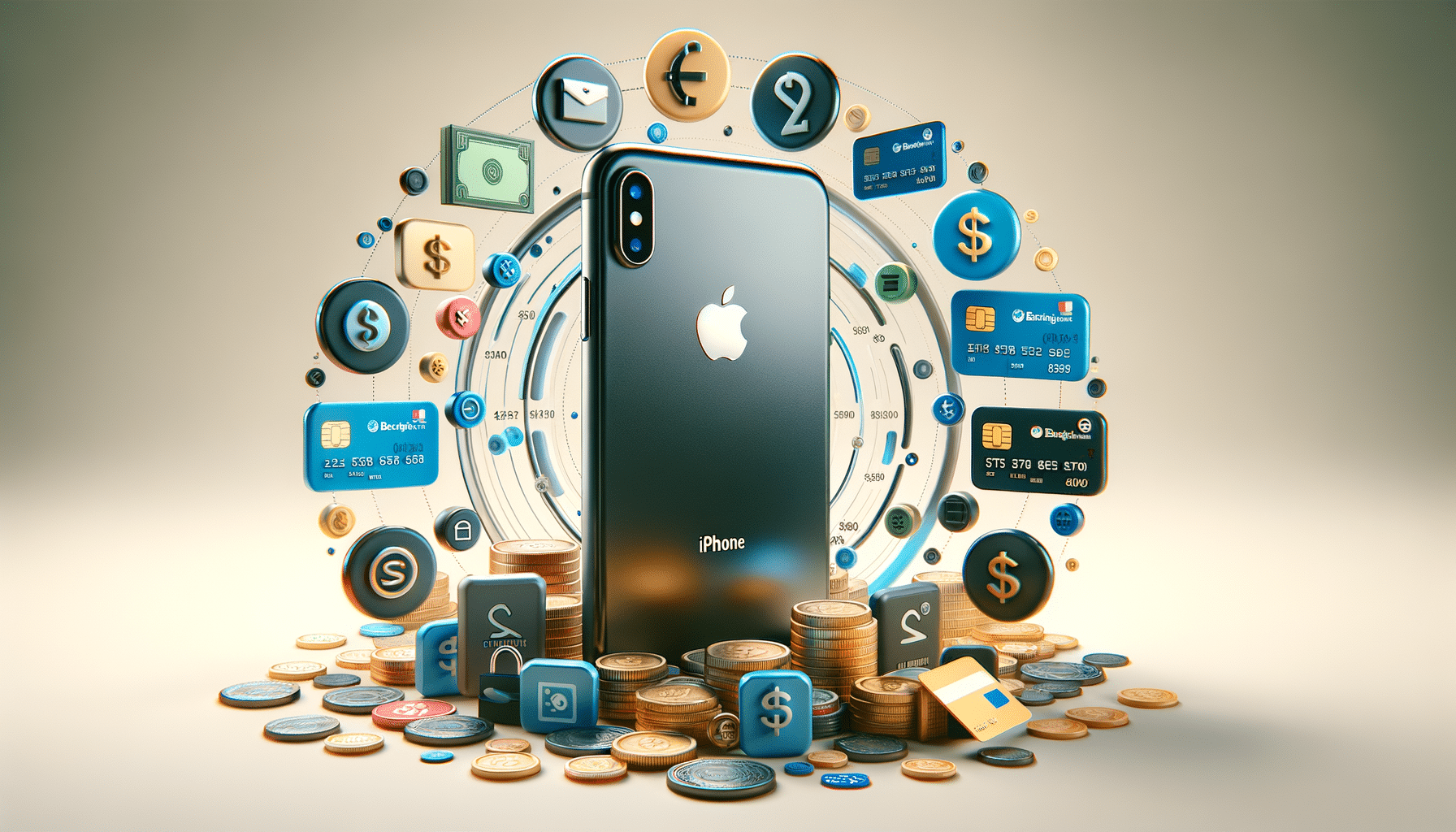
Explore more about remote medical receptionist
The Evolution of the Remote Medical Receptionist
In the ever-evolving landscape of healthcare, the remote medical receptionist has emerged as a crucial component, transforming how medical facilities interact with patients. Traditionally, medical receptionists were confined to the physical walls of a clinic or hospital, managing patient check-ins, scheduling, and administrative tasks. However, with advancements in technology and the growing demand for flexible healthcare solutions, the role of medical receptionists has extended beyond the physical premises.
Remote medical receptionists operate from any location, supported by robust digital platforms that facilitate seamless communication and task management. This transition has been driven by several factors:
- Advancements in telecommunication technology
- Increased demand for telehealth services
- Cost reduction and efficiency improvements
The shift towards remote receptionists is not merely a trend but a strategic move to enhance patient experience and operational efficiency. By embracing this model, healthcare providers can offer extended service hours, reduce overhead costs, and ensure continuity of service even in challenging circumstances, such as during a pandemic.
Key Responsibilities and Skills Required
The responsibilities of a remote medical receptionist are multifaceted and require a unique set of skills. While the core tasks remain similar to those of an in-house receptionist, the remote nature of the job demands additional competencies:
- Proficient use of digital communication tools and electronic health records (EHR) systems
- Strong organizational skills to manage appointments and patient information effectively
- Excellent communication skills to interact with patients and healthcare professionals remotely
- Ability to handle sensitive patient data with confidentiality and professionalism
Remote receptionists must also be adept at problem-solving and multitasking, as they often juggle various tasks simultaneously. Their role is pivotal in maintaining the flow of information between patients and healthcare providers, ensuring that all parties are informed and coordinated. This requires a high level of attention to detail and the ability to work independently with minimal supervision.
Technological Tools Empowering Remote Receptionists
The effectiveness of a remote medical receptionist hinges significantly on the technological tools at their disposal. Modern healthcare facilities equip their remote receptionists with a suite of digital tools designed to enhance productivity and communication:
- Cloud-based EHR systems for real-time access to patient records
- Secure communication platforms for patient interaction
- Automated scheduling software to manage appointments efficiently
- Data analytics tools to track and report on patient interactions
These technologies not only empower remote receptionists to perform their duties efficiently but also ensure compliance with healthcare regulations, such as HIPAA in the United States. The integration of AI and machine learning in some of these tools further augments the capabilities of remote receptionists, providing predictive insights and automating routine tasks, thereby freeing up time for more complex responsibilities.
Benefits of Remote Medical Receptionists for Healthcare Providers
Healthcare providers stand to gain significantly from employing remote medical receptionists. One of the primary benefits is cost savings, as remote positions often reduce the need for physical office space and associated expenses. Additionally, remote receptionists can offer extended service hours, catering to patients across different time zones and increasing accessibility.
Furthermore, remote receptionists can help healthcare facilities scale their operations more flexibly. During peak times or unexpected surges in patient volume, remote receptionists can be quickly onboarded to manage the increased workload without the logistical challenges of expanding physical office space.
Another advantage is the potential for improved patient satisfaction. With remote receptionists, patients may experience shorter wait times for scheduling appointments and receiving assistance, leading to a more positive interaction with their healthcare provider. This can enhance patient loyalty and contribute to better overall health outcomes.
Challenges and Considerations in Implementing Remote Receptionist Roles
Despite the numerous benefits, transitioning to a remote medical receptionist model is not without challenges. One of the primary concerns is ensuring the security and privacy of patient information. Healthcare providers must implement stringent cybersecurity measures to protect sensitive data from breaches.
Another challenge is maintaining a cohesive team dynamic when receptionists are working remotely. It requires effective communication strategies and regular virtual meetings to ensure alignment and collaboration among team members. Additionally, training and support must be provided to remote receptionists to equip them with the necessary skills and knowledge to perform their roles effectively.
Healthcare providers must also consider the potential impact on patient experience. While remote receptionists can enhance accessibility, there may be situations where patients prefer in-person interactions. Balancing remote and in-person services to accommodate diverse patient preferences is crucial for maintaining high levels of patient satisfaction.


